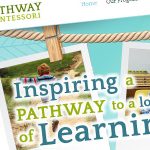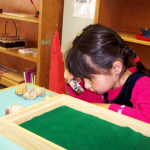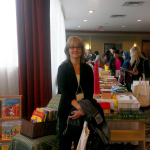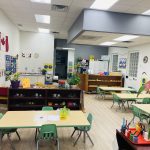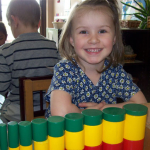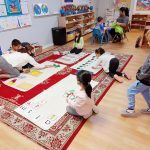Montessori Blog
- Pathway Montessori in the News
Facilitating Discovery Through Play
Montessori EducationChildren are compelled by their curiosity to seek out, explore and master that which interests them. By supporting them, the Montessori teacher facilitates creativity, innovation, problem solving and “joy” within the child.
Engaged in Learning
Montessori EducationInside the BCMA Montessori Conference Nancy Graham, owner of Pathway Montessori schools, attends several Montessori conferences each year. It is a means of sharing ideas, networking with other teachers and strengthening ties within the community. Keynote Speaker At this years…
Five Areas of the Montessori Classroom
Montessori EducationMaria Montessori found that next to learning from their own experience, the child learns best from other children. Therefore, she created a mixed age group where the younger children imitate older and older children reinforce leadership skills by sharing their…
In the Neighbourhood: Pathway Montessori Preschool
Pathway Montessori in the NewsWhile Nancy Graham was looking for a location to open her own private Montessori preschool, she heard that Mrs. Suleman, owner of the Teaching Tree Montessori Preschool in the Woodlands Village Mall, was retiring. The opportunity to acquire an established…
Learning by Discovery
Montessori Education, Pathway Montessori in the Newsby Leslie Christianson-Kellow for Neighbours Preschool The first time Shari Couture volunteered in her older son’s class, she couldn’t believe what she saw. The children were ”working” around the classroom, obviously engaged in their tasks. At a specific time, a…




